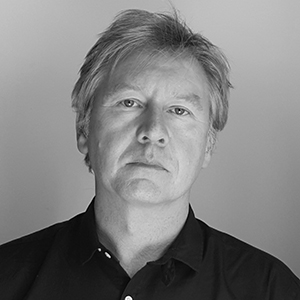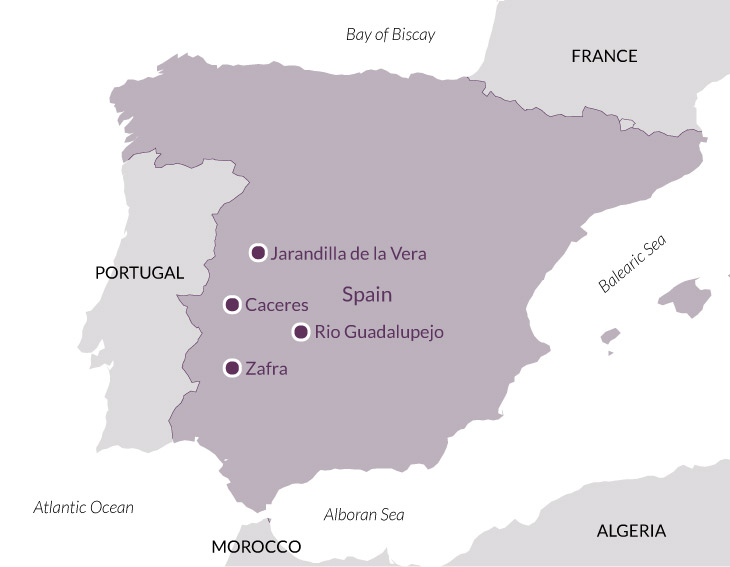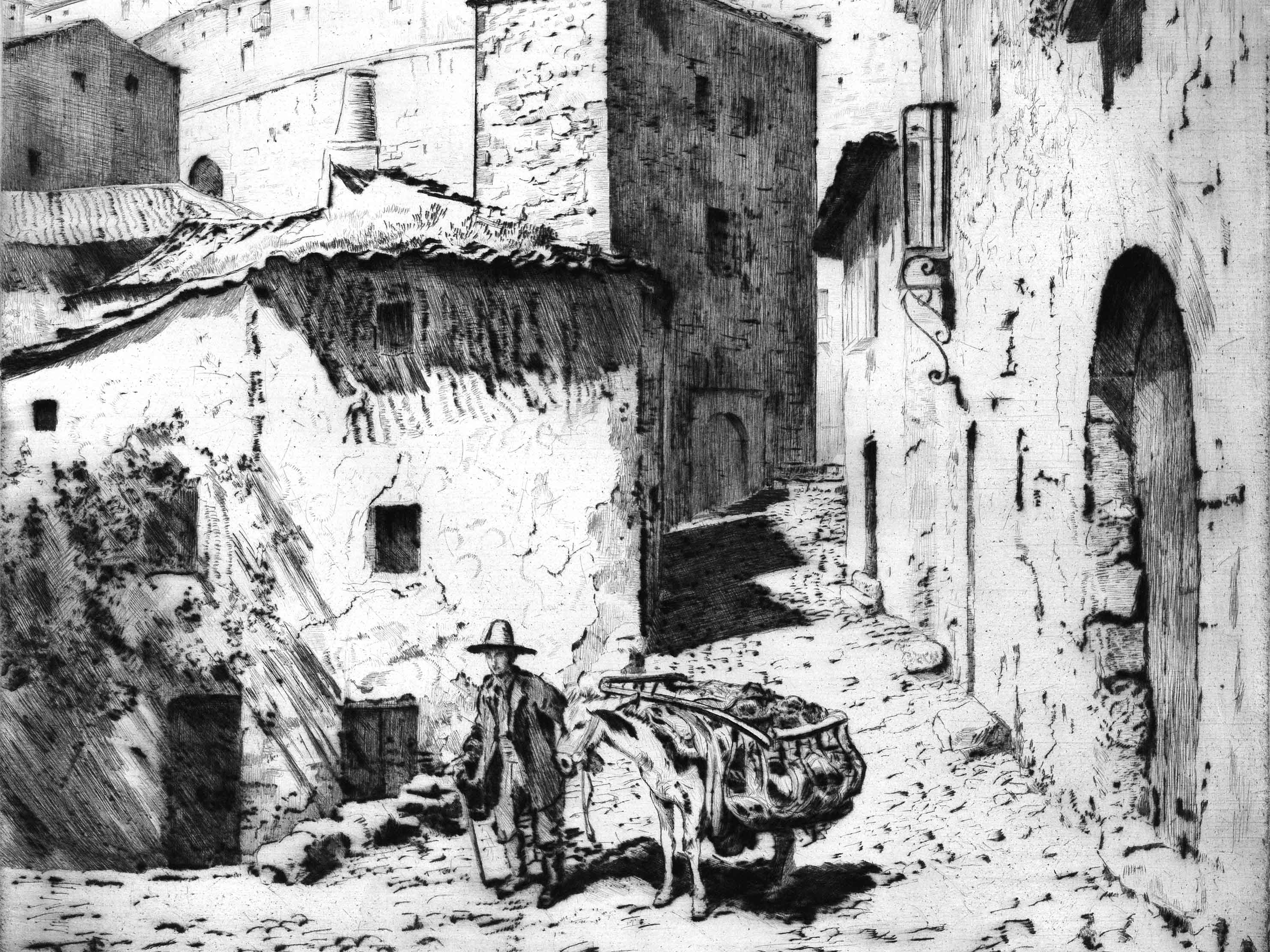Overview
Extremadura means ‘beyond the Duero’, a designation coined by the conquering Christians as they bludgeoned their way southwards against the Moors. The Moors were finally defeated; but much of the countryside of Extremadura remains unsubjugated. Together with the adjoining Alentejo in Portugal, this, though tawny as a lion’s pelt in sweltering midsummer, is the largest ‘green’ region in western Europe.
Griffon vultures and the Iberian lynx are still resident in these parts, hawks and other birds of prey abound. The Sierra de Gata in the north, the Sierra de Guadalupe in the centre and the wild country of the south-west around Jerez de los Caballeros all remain rough and uncultivated.
Equally, Extremadura is cattle country, with fighting bulls and the local Retinta breed making the most of some of the gentler lands. In the autumn, when there are acorns to be eaten, the black-foot pig, source of the finest of mountain hams, comes on the scene. The landscape has a mixed array of well-spaced trees, mainly holm oak and cork oak, which together with the wild grasses constitute the habitat known as dehesa. The river valleys, notably the Tiétar and Guadiana, are now well-irrigated and grow fruit and vegetables: apricots, cherries and peppers. From the south comes wine, much improved of late. There is virtually no industry which is not based on agriculture.
The history and architecture are as rewarding as the landscape. Before the Visigoths and Moors, this was a major Roman centre, with Mérida – Augusta Emerita – the capital of the western province of Lusitania. It remains the major Roman site in Spain.
Above all, this is conquistador country. An astonishing proportion of the leaders of the rough bands which savaged South and Central America, in the names of king and queen and Christianity, came from Extremadura. Trujillo and Cáceres are well-known for the rich monumentality of palaces assembled by conquistadors returning with their ill-gotten gains.
The spiritual centre was and remains the shrine of Guadalupe. Here a rich and beautiful Hieronymite monastery grew up, with swirling Moorish-Gothic tracery and a suite of paintings by Zurbarán. The little mountain town which formed beneath the monastery is balconied and full of geraniums, one element of a varied vernacular architecture which is a particular Extremeñan pleasure.
Zafra, in the south, is a white town, intermediate between Andalucía and the stony sobriety of Old Castile. Most curious is Plasencia in the north, where seven roads lead out of the arcaded plaza and two cathedrals stand back to back. The most moving is Yuste, the monastery to which the Emperor Charles V retired, gout-ridden and exhausted. He chose it, he said, because of its climate of continual springtime.
In its deep rurality and concentration of human monuments, Extremadura is a far cry from ‘ordinary’ Europe.
Day 1
Fly at c. 10.00am from London Gatwick to Madrid (Air Europa). Drive to Plasencia (c. 4 hours, including a stop), arriving in time for dinner. First of two nights in Plasencia.
Day 2
Plasencia, Yuste. In Plasencia, start in the arcaded Plaza Mayor and then visit the two cathedrals, Renaissance and Gothic backing into one another. Drive into the hills to the monastery of Yuste to which the Emperor Charles V retired in 1556, building a gent’s des. res. right up against the fabric of the Gothic monastery. Get a moving insight into the last days of the man who once ruled most of Europe and Latin America.
Day 3
Sierra de Gata. A taste of village life in the Sierra de Gata, a range of rolling hills that back onto the Portuguese border, dotted with pretty, unspoilt villages. A gentle stroll (2.5 km) takes us into the village of Hoyos for lunch. Drive to Cáceres for the first of three nights.
Day 4
Cáceres. The historic town centre is enclosed within almost perfectly preserved Moorish walls and is a myriad of narrow streets and squares lined with Renaissance mansions. Visit the Provincial Museum housed in the 17th-century Casa de las Veletas, built over an 11th-century Arabic cistern.
Day 5
Arroyo de la Luz, Finca el Vaqueril, Alcántara. A drive west of Cáceres takes us deep into the dehesa, the wooded pastures where pigs roam among the holm oaks grazing on acorns. The church at Arroyo de la Luz houses an altarpiece by Morales. Visit a livestock farm including a walk through the countryside, ham tasting and lunch. At Alcántara is a breathtaking Roman bridge over the River Tagus.
Day 6
Trujillo. Drive east to Trujillo, a hilltop conquistador town (birthplace of Pizarro). The magnificent, irregular main square is surrounded by conquistador mansions and the grand church of S. Martín. Climb up to the Gothic church of Sta María and the castle with fine views of the surrounding countryside. First of two nights in Trujillo.
Day 7
Guadalupe. The tiny town of Guadalupe is hidden in hills. Columbus prayed here and gave its name to a Caribbean island. Morning visit to the monastery, with splendid church, Mudéjar cloister and sacristy with paintings by Zurbarán. The museum contains exceptional vestments. Optional short walk into the surrounding countryside or free afternoon, a chance to rest or stroll around the town.
Day 8
Mérida, Zafra. The Roman legacy of Mérida includes architecture both grand and domestic: theatre, villas, temples, fortresses. See also Rafael Moneo’s outstanding National Museum of Roman Art. Continue south to Zafra for the first of two nights.
Day 9
Zafra, Fuente del Arco. In Zafra begin with the two adjacent squares, the Plaza Grande and the (smaller) Plaza Chica, and the Collegiate Church with an altarpiece by Zurbarán. Afternoon excursion to the remote 15th-cent. mudéjar style hermitage of Nuestra Señora del Ara, known as the ‘Sistine Chapel of Extremadura’ for its remarkable frescoes.
Day 10
Drive to Seville for some free time and a late-afternoon flight to London Gatwick (Vueling), arriving c. 7.45pm.

Chris Moss
Journalist and writer with a focus on Spain and the cultural history of Argentina. He studied theology, English literature and education, before moving to Argentina in 1991. After returning to the UK he wrote for BBC History, the Daily Telegraph, Time Out and others. He has written and edited several guidebooks, including Eyewitness Travel: Back Roads Spain, a cultural history of Patagonia and a literary compendium for London commuters. He writes on South American music for Songlines and compiles tango albums. Twitter: @Traveloguer
Price, per person
Two sharing: £3,380 or £3,160 without flights. Single occupancy: £3,710 or £3,490 without flights.
By train: London – Paris – Barcelona – Madrid: c. 24 hours. Contact us for more information.
Included
Flights (economy class) with Air Europa (Boeing 737) and Vueling (Airbus 320); travel by private coach; hotel accommodation; breakfasts, 2 lunches and 8 dinners, with wine or beer, soft drinks, water and coffee; all admissions; all tips; all taxes; the services of the lecturer and tour manager.
Accommodation
Parador de Plasencia, Plasencia: 4-star parador in a converted 15th-century monastery. NH Collection Palacio de Oquendo, Cáceres: 4-star hotel in the historic centre of town. Parador de Trujillo: 4-star hotel in the former convent of Santa Clara. Parador de Zafra: 4-star parador in the 15th-cent. castle, one of Zafra’s principal monuments. Single rooms are doubles for sole use throughout.
How strenuous?
There is a lot of walking in town centres, sometimes on uneven ground, and sure-footedness is essential. There are also short country walks on days 3 and 5. There is a large amount of coach travel. Average distance by coach per day: 73 miles.
Are you fit enough to join the tour?
Group size
Between 10 and 22 participants.
Travel advice
Before booking, please refer to the FCDO website to ensure you are happy with the travel advice for the destination(s) you are visiting.
Combine with
Minoan Crete, 29 March–6 April 2024
Opera in Vienna, 2–7 April 2024
Malta: prehistoric to present, 22–28 April 2024
Western Andalucia, 22–29 April 2024
Cornish Houses & Gardens, 23 April–1 May 2024
The Cathedrals of England, 24 April–2 May 2024
Tom Abbott's Berlin, 25–29 April

'A terrific balance between countryside and historical centres.'
'Our lecturers were really an excellent pair in all aspects. Let alone their knowledge and organisational skills.'
''The balance of culture and nature was perfect.'
